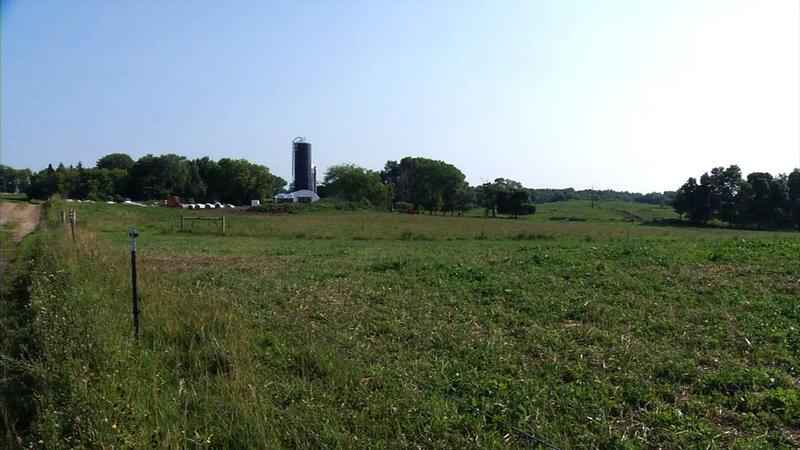As dry conditions create stress for farmers, DNR announces drought warning
[anvplayer video=”5043804″ station=”998122″]
Minnesota lawns and farm fields are a blend of brown, gold and green as the state’s drought continues. On Friday, the Minnesota Department of Natural Resources announced a drought warning.
“It’s often quite common to get drought in the state for short periods of time, I think what’s maybe unique about it is right now is how widespread it is across the state,” said Randall Doneen, the conservation assistance and regulations section manager within the DNR’s ecological and water resources division. “What we’re seeing is large portions are either moderate drought or severe drought.”
According to the DNR, 52% of Minnesota is now experiencing a severe drought. Another 4% of the state is in an extreme drought.
“As drought conditions have worsened and we’ve seen severe drought spreading across the state, it hit that trigger point where we moved from the watch phase to the warning phase,” Doneen said.
There are four phases in the statewide drought plan: a drought watch, a drought warning, a restrictive phase and an emergency phase.

[KSTP]
The Drought Task Force is convened once the state reaches the warning level.
“We’ve been in a cycle for wet for a long time, I think it was 2012 was the last time the drought task force had convened,” Doneen said. “It is serious.”
Tim and Emily Zweber are feeling the effects on their organic farm in Elko. Zweber Farms has been in operation since 1906, raising dairy and beef cattle, chickens and pigs.
“The season started out nice where we were able to get into the fields early because it was so dry but as May got further and further along and into June there was less and less rain, that’s cause of concern for us,” Emily Zweber said. “Especially because we’re a grass-based farm. The cattle are out on pasture and are supposed to be eating the majority of their feed from the pasture.”
Starting in June, they cut back the number of cattle in their pastures.
“There just wasn’t the grass that’s usually there,” Tim Zweber said. “And watching the amount of hay we’ve been bringing in and the crops, we’re like […] if it doesn’t rain more, it could get very concerning. And it hasn’t rained more.”
They told 5 EYEWITNESS NEWS they had a really good first hay crop but the second, which they’re just finishing up, isn’t where they need it to be.
“That causes us concern about how many cattle are we going to be able to feed over the winter time,” Emily said.
The Zwebers are hopeful the USDA will open Conservation Reserve Program land in Minnesota for haying to help increase the supply. Gov. Tim Walz also sent a letter to USDA Secretary Tom Vilsack to request the agency open some CRP land up to grazing and haying before Aug. 1.
He wrote, in part, “… The urgency of this request cannot be overstated. The quality of forage on CRP lands continues to deteriorate under drought conditions and delaying access until August 1 will eliminate the advantages of the resource. If producers cannot get quality feed to their livestock, they will have no other options than to sell animals or purchase hay to haul in …”
The Zwebers are preparing for difficult decisions in the months ahead, if the drought continues.
“The repercussions of this will last through at least next summer because if we don’t have enough hay over the winter time, the prices are going to go up and we’re going to have to make decisions of how many animals we keep here on our farm,” Emily said. “A lot of farmers in northern Minnesota are making those decisions now because they have had it a lot worse than us.”